In the world of music, the piano holds a place of honor. It's versatile, beautiful, and a delightful challenge to play. One of the most frequently asked questions about this revered instrument is: how many keys are there on a piano?
To the untrained eye, all pianos might look the same - a gleaming stretch of black and white keys awaiting the touch of a practiced hand. However, not all pianos are created equal. Their keys vary in number, and each variance holds a story of its evolution, innovation, and practicality.
A Dive into the Typical Piano: The 88-Keys Standard

When one conjures an image of a piano, it's typically an 88-key model they're imagining. This has become the accepted norm for full-sized pianos and is what you'll find referenced in many places, such as here.
There are 52 white keys and 36 black keys on an acoustic piano of this kind, neatly divided into seven octaves plus a minor third (from A0 to C8). That's a broad enough range for most musical compositions, encompassing a diverse key signature repertoire.
The 88-key model emerged around the late 19th century, as composers started requesting keyboards with a wider range to facilitate a richer potential for expression. Indeed, much of the classical music we cherish today was written with this piano range in mind.
A Journey Beyond the Norm: Pianos with More (or Less) Than 88 Keys
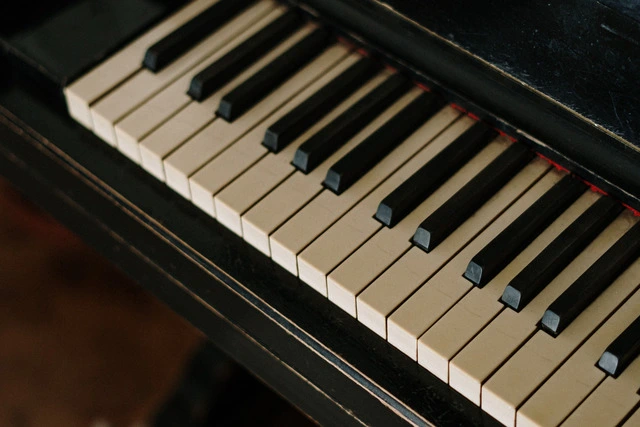
If you're asking, "Are there pianos with more keys or less?" the answer is a resounding yes. The 88-key piano might be the norm, but musical instrument technicians and composers haven't stopped innovating.
Certain pianos, often designed for beginners or portability, come with fewer keys. For example, you might find ones with 44 to 72 keys, a range that suits new learners while maintaining the instrument's compactness. On the other end of the spectrum, some pianos possess more than 88 keys.
Stuart and Sons, for instance, set a world record in 2018 by creating a piano with a whopping 108 keys, while Bösendorfer sells 97-key pianos. These extra keys, usually black, enable the pianist to distinguish them from the standard 88.
You might ask why these models are rare and why we don't see many compositions that utilize these extra keys. The answer lies within the limits of the human ear. The sounds these extra keys produce are either too high or too low to perceive clearly. While they aren't often played directly, the extra bass strings add a unique richness to the sound of other keys through resonance.
Digital Pianos: A Modern Evolution
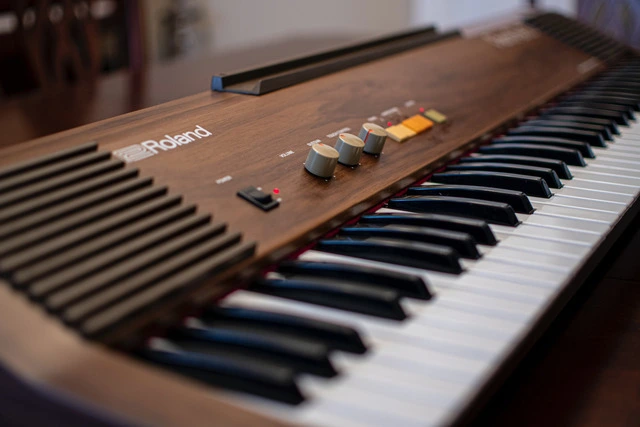
In the realm of digital pianos (otherwise known as "electric pianos"), the number of keys follows the same standards as their acoustic counterparts. A typical digital piano keyboard, such as those you might find on Music Critic, also contains 88 keys.
However, it's not uncommon to find digital pianos or keyboard instruments with fewer keys, making them more accessible for beginners or those with space limitations. Brands like Yamaha produce high-quality digital pianos in various sizes, ensuring everyone has a chance to experience the joy of playing this delightful instrument, which you can discover more about here.
Just like acoustic pianos, digital pianos with fewer keys are perfect for beginners or those who prefer a smaller, more portable instrument. On the other hand, more advanced players might prefer the traditional keyboard, which offers the versatility needed to explore a wide array of musical pieces.
Deciphering the Black and White: The Logic Behind Piano Keys
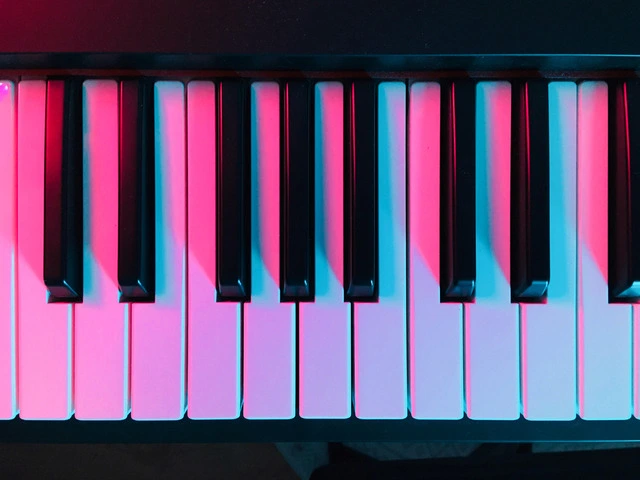
To understand how many black keys or white keys there are on a classical piano, one must delve into the world of music theory. The arrangement of keys on a piano is anything but arbitrary. It reflects the tonal relationships that form the backbone of Western music.
Take a closer look at a section of a keyboard instrument, and you'll find seven white keys and five black keys forming a group, which is often referred to as an octave. The white piano keys represent the natural notes (A, B, C, D, E, F, G), while the black keys correspond to the sharps and flats. So, if you're wondering how many black keys or white keys there are in an octave, you'll find twelve keys in total – seven white and five black. How many octaves a piano has depends on how many piano keys there are.
The Evolution of the Piano: A Historical Perspective
To understand how we arrived at the standard of 88 keys on a piano, it's crucial to take a step back in time and look at the evolution of this majestic instrument. Our journey begins with the earliest keyboard instruments, the clavichord and the harpsichord.
During the Renaissance period, these precursors to the piano typically had around 60 keys, which limited the range of compositions. However, the late 17th century saw the birth of the fortepiano, the predecessor to the modern piano, which introduced a revolutionary ability to play both soft and loud notes, hence the name 'fortepiano' or 'loud-soft.'
As the fortepiano evolved into the pianoforte, or what we now simply call the piano, composers began to expand their musical horizons. They sought to write more expressive compositions and required a broader range of notes to achieve this.
During the late 18th century and early 19th century, the piano grew from five octaves to seven. The standard 88-key piano we know today became largely established by the late 19th century, a testament to the quest for broader tonal possibilities and richer musical expression.
The Significance of Weighted Keys: A Touch of Authenticity
Weighted keys aim to mimic the resistance and tactile feedback of an acoustic piano. On an acoustic piano, when you press a key, it triggers a hammer to strike a string. This mechanism creates resistance you don't usually find on an unweighted keyboard. A weighted key mechanism mimics this resistance, offering a feel closer to that of an acoustic piano.
For pianists, especially those transitioning from a digital to an acoustic piano or vice versa, the presence or absence of weighted keys can make a significant difference. The weight of the keys can influence the dynamics – the variation in loudness between notes or phrases – which is a critical aspect of piano playing.
Beginners often start on keyboards with unweighted keys due to their lower cost and portability. However, as they progress, transitioning to weighted keys becomes vital for developing proper finger strength and technique.
Weighted keys come in different types, with "fully-weighted" and "semi-weighted" being the most common. Fully-weighted keys offer the most realistic replication of an acoustic piano's feel, while semi-weighted keys provide a balance between the resistance of an acoustic piano and the lightness of a synthesizer.
A quality digital piano with weighted keys, like many of the models found on this list, can offer a playing experience remarkably close to an acoustic piano. This feature makes digital pianos a practical choice for those who want the feel of an acoustic piano without the size, cost, or maintenance requirements.
The Impact of Key Number on Piano Technique and Learning
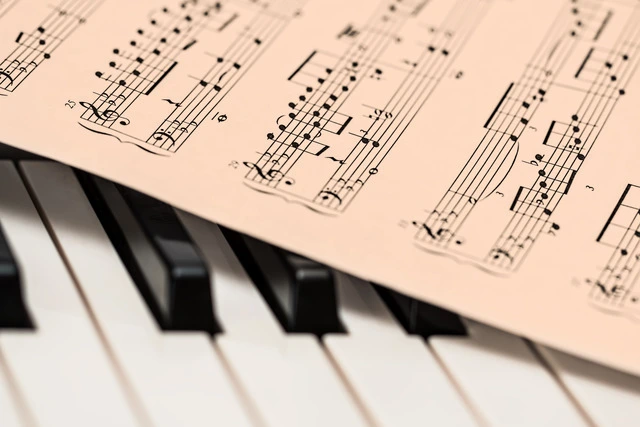
If you've ever wondered whether the number of keys on a piano influences a player's technique or learning process, the answer is yes. Starting with fewer keys can often be beneficial for beginners, particularly younger children with smaller hand spans.
A smaller keyboard, like a 44 or 61-key digital piano, reduces the initial complexity for beginners. The reduced number of keys can make the new keyboard instrument feel less overwhelming, allowing the beginner to grasp basic hand positions, note relationships, and fingering patterns more easily.
However, as a player advances, the transition to a larger keyboard becomes important. More keys mean a wider range, allowing the player to explore a more diverse array of music, particularly classical music, which often utilizes the full breadth of an 88-key piano.
This transition can be a learning curve, demanding greater reach and better hand positioning. But with practice, it opens up a world of greater musical exploration and complexity.
Playing a piano with extra keys also offers an expanded territory for creativity, enabling advanced pianists to experiment and compose in a broader range. While this might not be necessary for every pianist, for those interested in exploring the full depths of their musicality, a piano with more keys offers a wider playground.
In Summary: The Magic is Not Just in the Number
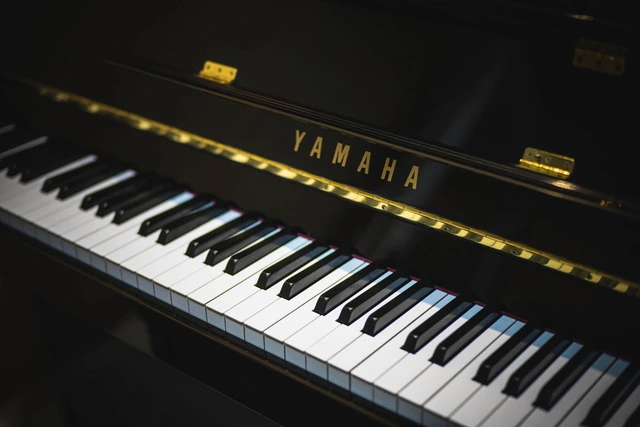
In the end, the real magic of the piano doesn't necessarily lie in the number of keys. It resides in the fingers of the pianist, the composition they're playing, and the feelings their music evokes.
Whether your piano has 44, 88, or 108 keys doesn't dictate the beauty of the music you can create. After all, it's the connection you build with your instrument and the joy you get from playing that truly matters. So, don't be discouraged if your keyboard doesn't have as many keys as a full-sized concert grand. The piano is a dynamic and expressive instrument, no matter its size.
In this musical journey, we have uncovered that a standard piano has 88 keys, comprising 52 white keys and 36 black keys. But we've also learned that this is not a strict rule – pianos can vary, offering as few as 44 keys or as many as 108. Each variation has its unique purpose, audience, and charm, with the choice depending on the player's skill level, space availability, and personal preference.
And with that, we return to our original question: "How many keys are there on a piano?" The answer, as we've seen, can vary. But in all cases, each key is a pathway to creativity, a note in the grand symphony of music waiting to be played and heard.
